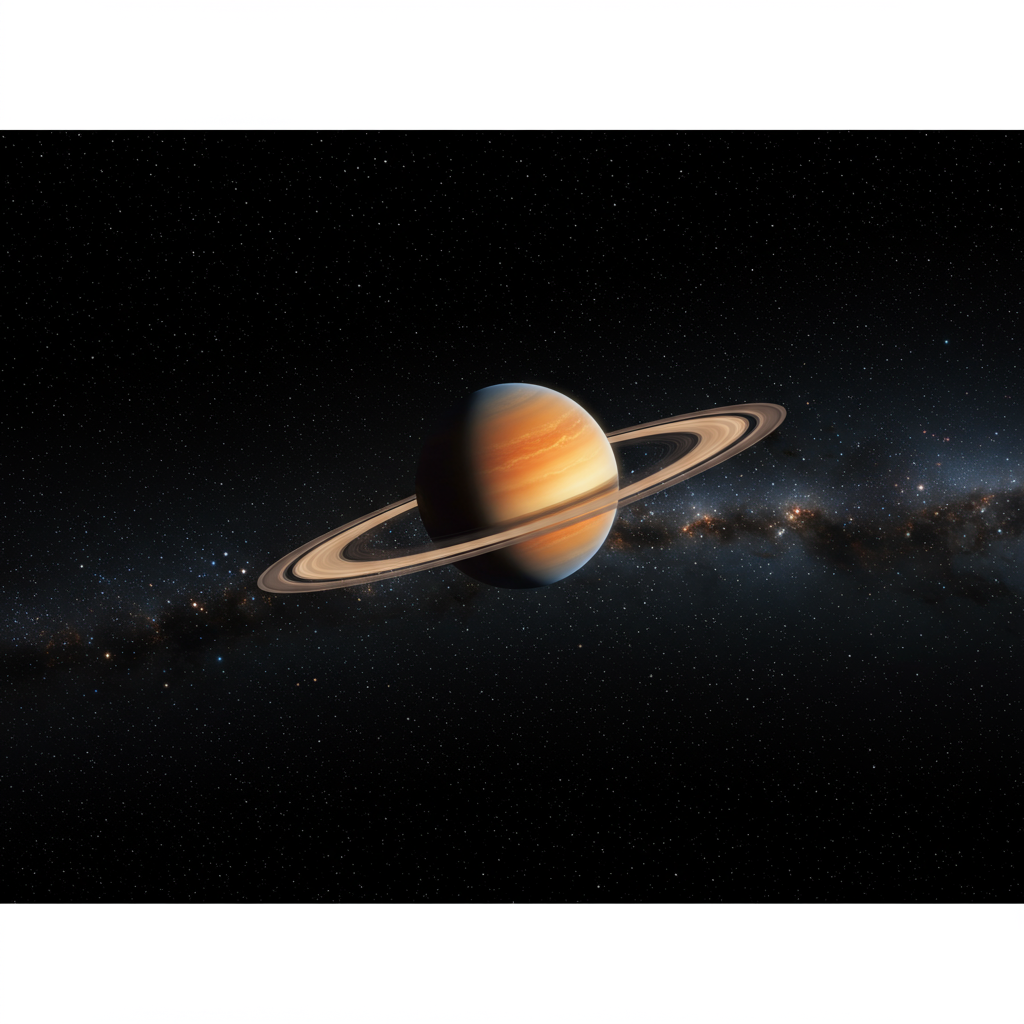James Webb Space Telescope Spots Potential Saturn-Mass Planet
Astronomers using NASA’s James Webb Space Telescope have captured compelling evidence for a potential exoplanet with a mass similar to Saturn orbiting the young, nearby star TWA 7. This exciting observation, if confirmed, could mark Webb’s first direct image discovery of a planet and the lightest exoplanet ever seen using this powerful direct imaging technique outside our solar system.
The international research team’s findings, recently published in the journal Nature, reveal a faint infrared source located within the swirling debris disk surrounding TWA 7. This discovery highlights Webb’s unprecedented ability to detect and characterize previously unseen, lower-mass planets around nearby stars.
How Webb Found This Distant World
Finding a faint planet next to a bright star is incredibly challenging. To achieve this, astronomers leveraged Webb’s Mid-Infrared Instrument (MIRI). Specifically, they used MIRI’s coronagraph, a sophisticated tool designed to block out the overwhelming glare from the host star, TWA 7.
This technique, known as high-contrast imaging, is essential for revealing faint objects that would otherwise be lost in the star’s light. After carefully subtracting the residual starlight using advanced image processing, the team successfully pinpointed a faint infrared source near TWA 7. The researchers meticulously ruled out other possibilities, concluding that the evidence strongly points to this source being a previously undiscovered planet, rather than a foreground object in our solar system or a background galaxy.
Meet Candidate Exoplanet TWA 7 b
Initial analysis suggests this intriguing object, tentatively named TWA 7 b, is a young, cold world. Its estimated mass is around 0.3 times that of Jupiter, which is approximately equivalent to the mass of Saturn or about 100 times the mass of Earth. The planet candidate appears to have a temperature near 120 degrees Fahrenheit (47 degrees Celsius).
TWA 7 b was found approximately 50 times the distance of Earth from the Sun away from its host star. This distance aligns remarkably well with theoretical predictions for a planet of this mass that would be dynamically interacting with and shaping the surrounding debris disk.
A Planet Sculpting Its Cosmic Home
The discovery is particularly significant because the candidate planet is located directly within a gap in one of the three dust rings previously identified around TWA 7 through ground-based observations. Debris disks, made of dust and rocky material, are common around stars and often show ring or gap features, which are widely believed to be sculpted by orbiting planets.
However, directly imaging the planet responsible for creating these features has been a long-standing challenge. If confirmed, TWA 7 b would be the first instance where a directly detected planet is clearly linked to actively carving out its star’s debris disk.
As Anne-Marie Lagrange, CNRS researcher and lead author of the paper, stated, “Our observations reveal a strong candidate for a planet shaping the structure of the TWA 7 debris disk, and its position is exactly where we expected to find a planet of this mass.”
This observation could also offer the first observational hint for a “trojan disk” – a collection of dust and material trapped in a planet’s orbit within the debris disk.
The Young TWA 7 System
The host star, TWA 7 (also known as CE Antilae), is a young red dwarf star, estimated to be about 6.4 million years old. It is located approximately 34 light-years away from Earth within the TW Hydrae association. The star’s debris disk is oriented nearly face-on relative to our line of sight, making it an ideal target for Webb’s highly sensitive mid-infrared observations.
Co-author Mathilde Malin of Johns Hopkins University highlighted the broader impact: “This observatory enables us to capture images of planets with masses similar to those in the solar system, which represents an exciting step forward in our understanding of planetary systems, including our own.”
Looking Ahead
While the evidence for TWA 7 b is compelling, further observations are needed to definitively confirm its planetary status and precisely constrain its properties. Ongoing and future studies using Webb will aim to verify the discovery and deepen our understanding of planet formation processes and how debris disks evolve in young stellar systems.
The James Webb Space Telescope continues to push the boundaries of astronomical discovery, exploring our solar system, distant exoplanets, and the origins of the universe itself.




